Mobile App ROI in 2025: The Ultimate Profitability Guide (With Real-World Examples & Formulas)
Want to know if your mobile app is truly profitable? Understanding ROI (Return on Investment) is the key to measuring success and making smart financial decisions. In this guide, we’ll break down how to calculate mobile app ROI, explore factors that impact profitability, and reveal strategies to maximize your returns in 2025. Whether you're a startup founder or an established business, these insights will help you turn your app into a revenue-generating machine!
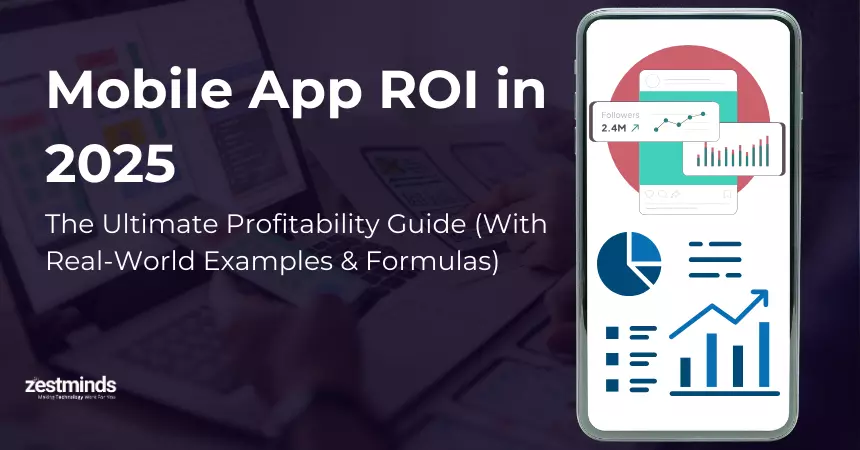
Introduction: Why ROI Matters More Than Ever in 2025
Ever met someone who believes that just launching an app guarantees success?
Yeah… me too.
Let's set the record straight: An app isn't an ATM. If you don't track ROI properly, you might end up with a $100,000 expense and zero profit. (A.K.A. the fastest way to regret your investment).
So, let's break down how to calculate, analyze, and maximize mobile app ROI—the right way.
What Is ROI & Why Should You Care?
Return on Investment (ROI) tells you whether your app is a cash cow or a money pit.
Basic ROI Formula:
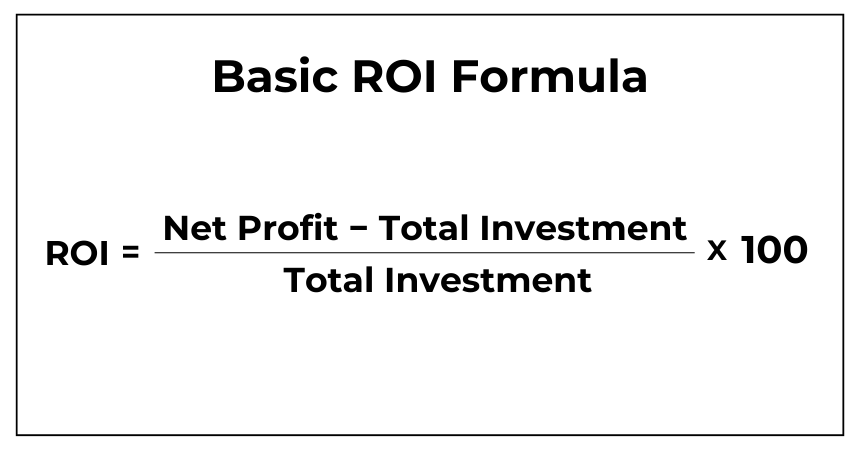
Real-World Example:
Total investment: $100,000 (development, marketing, maintenance)
Revenue generated: $250,000
Net profit: $250,000 - $100,000 = $150,000
ROI = (150,000 ÷ 100,000) × 100 = 150%
Congrats, you made 1.5x your investment!
Now, let's flip the script:
Your app only makes $60,000 in revenue.
ROI = -40% (ouch!)
Lesson: If you don't track ROI before launching your app, you risk spending more than you earn.
Learn more about ROI calculations from Investopedia: Understanding ROI
Key Factors That Impact Mobile App ROI
1. Development Costs: The "You Get What You Pay For" Rule
Would you eat sushi from a gas station? No? Then don't expect a $5,000 developer to build you the next Uber.
Development cost tiers:
- Freelancer ($5K - $15K): App works, but expect crashes and missing features.
- Mid-tier agency ($30K - $50K): Good functionality but no growth strategy.
- High-end agency ($100K+): Scalable, well-designed, and built for profit.
Want to compare app development costs? Check out GoodFirms' cost guide for industry insights.
Pro Tip: Budget at least 15-20% of your investment for maintenance and updates.
2. Customer Acquisition Cost (CAC): The Silent Profit Killer
If you spend more getting users than they pay you, your app is bleeding cash.
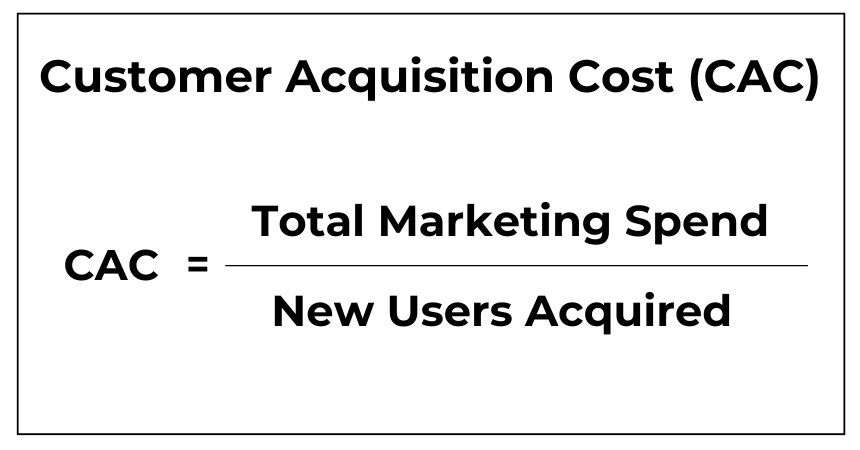
Example:
- Marketing spend: $20,000
- New users acquired: 4,000
- CAC: $5 per user
If each user only generates $3, your app is losing money.
How to Reduce CAC:
- App Store Optimization (ASO), – Learn More Here
- Referral Programs – Encourage users to bring in new users.
- Content Marketing & SEO – SEO Techniques for Apps
Want to reduce CAC? Read HubSpot's guide on lowering acquisition costs: How to Lower CAC.
3. Monetization Strategy: How Are You Making Money?
Not all monetization models are created equal. Here are the four most effective ones:
- Freemium (Spotify, Duolingo): Free version, but users pay for premium features.
- Subscriptions (Netflix, Tinder): Recurring monthly/annual revenue.
- In-App Purchases (Candy Crush, Fortnite): Sell virtual items (a sneaky money-maker!).
- Ads (Free News Apps): Earn money by selling ad space.
Curious about monetization trends? Check out Statista's latest report on mobile app revenue models: Mobile App Revenue Trends.
4. Retention Rate (The "Are We Still Dating?" Factor)
If people download your app but never use it again, your ROI will plummet.
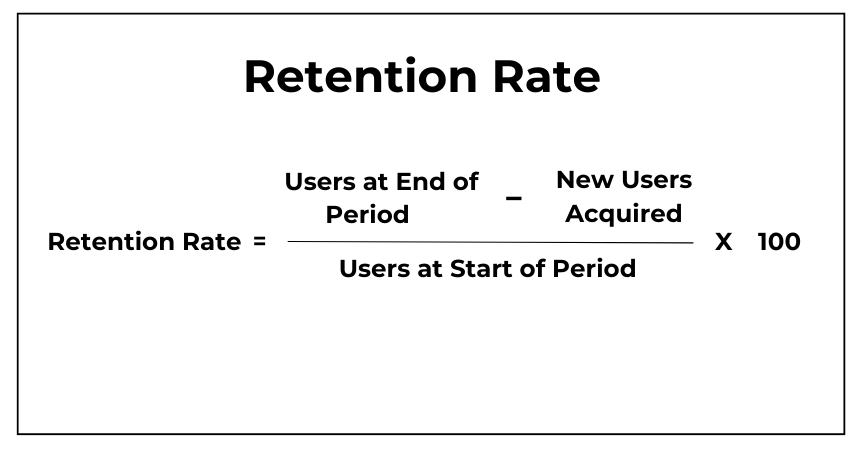
How to Improve Retention:
- Push Notifications (But Don't Spam)
- Smooth Onboarding (Reduce User Confusion)
- Gamification (Badges, Rewards, Leaderboards)
- Push Notifications (But Don't Spam)
- Smooth Onboarding (Reduce User Confusion)
- Gamification (Badges, Rewards, Leaderboards)
Want to increase retention rates? Read Appcues' onboarding guide:How to Improve App Retention.
Final Thoughts: Is Your App a Goldmine or a Black Hole?
Winning apps have:
- Low CAC, high retention, and strong LTV.
- A scalable monetization strategy.
- Data-driven marketing, not just wishful thinking.
Failing apps have:
- High acquisition costs, but low user spending.
- Weak retention & engagement.
- No revenue strategy beyond "get downloads".
Some Frequently Asked Questions
1. What is ROI in mobile app development?
ROI (Return on Investment) in mobile app development measures how much profit an app generates compared to its total investment. A positive ROI means the app is making more money than it costs to develop and maintain.
2. How do I calculate ROI for a mobile app?
Use this formula to calculate ROI:
ROI = (Net Profit - Total Investment) ÷ Total Investment × 100
For example, if you invest $100,000 in development and marketing and earn $250,000 in revenue, your ROI would be 150%.
3. What is a good ROI for a mobile app in 2025?
A 100% ROI or higher is considered good. Anything below 30% may indicate low profitability, and a negative ROI means the app is losing money.
4. How long does it take to see ROI on a mobile app?
The ROI timeline depends on factors like marketing efforts, monetization strategy, and user retention. On average, apps take 6-18 months to break even.
5. What are the biggest hidden costs in mobile app development?
Some common hidden costs include:
- App maintenance & updates (15-20% of development cost per year)
- Backend infrastructure (servers, hosting, APIs)
- User acquisition & paid advertising
- Customer support & bug fixes
6. How can I improve my mobile app’s ROI?
To boost ROI, focus on:
- Reducing Customer Acquisition Cost (CAC) with organic marketing
- Increasing retention rates by improving user experience
- Optimizing monetization models (subscriptions, in-app purchases, ads)
- Running A/B tests to enhance conversions
7. What is CAC, and why does it matter for mobile apps?
Customer Acquisition Cost (CAC) measures how much it costs to acquire a new user. It’s calculated as:
CAC = Total Marketing Spend ÷ New Users Acquired
If CAC is higher than revenue per user, the app will struggle to be profitable.
8. What is LTV, and how does it impact mobile app ROI?
Lifetime Value (LTV) is the total revenue a user generates before they stop using an app. It’s calculated as:
LTV = Average Revenue Per User (ARPU) × Customer Lifespan
A high LTV relative to CAC means strong ROI.
9. What are the best monetization strategies for mobile apps in 2025?
The most effective app monetization models are:
- Freemium Model – Offer free access with paid premium features
- Subscriptions – Recurring monthly/yearly revenue
- In-App Purchases – Selling digital items, upgrades, or features
- Ad Revenue – Displaying targeted ads
10. What are the most common mistakes when estimating app ROI?
Mistakes that kill ROI include:
- Ignoring long-term costs (maintenance, hosting, updates)
- Focusing only on downloads instead of retention & LTV
- Underestimating marketing costs & CAC
- Failing to test monetization models before launching
11. How do free apps make money?
Free apps generate revenue through:
- Ads (Google AdMob, Facebook Audience Network, etc.)
- In-app purchases (game upgrades, premium features)
- Affiliate marketing & sponsorships
- Data monetization & partnerships
12. Is ASO (App Store Optimization) important for improving app ROI?
Yes! ASO improves organic rankings, leading to more free installs and lower CAC. A well-optimized app store page increases visibility, downloads, and user retention.

Shivam Sharma
About the Author
With over 13 years of experience in software development, I am the Founder, Director, and CTO of Zestminds, an IT agency specializing in custom software solutions, AI innovation, and digital transformation. I lead a team of skilled engineers, helping businesses streamline processes, optimize performance, and achieve growth through scalable web and mobile applications, AI integration, and automation.
Stay Ahead with Expert Insights & Trends
Explore industry trends, expert analysis, and actionable strategies to drive success in AI, software development, and digital transformation.
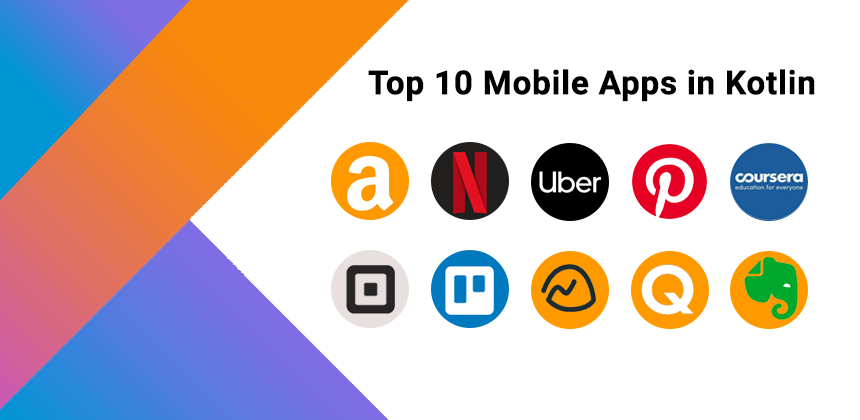
June 13, 2022
Top 10 Mobile Apps in Kotlin
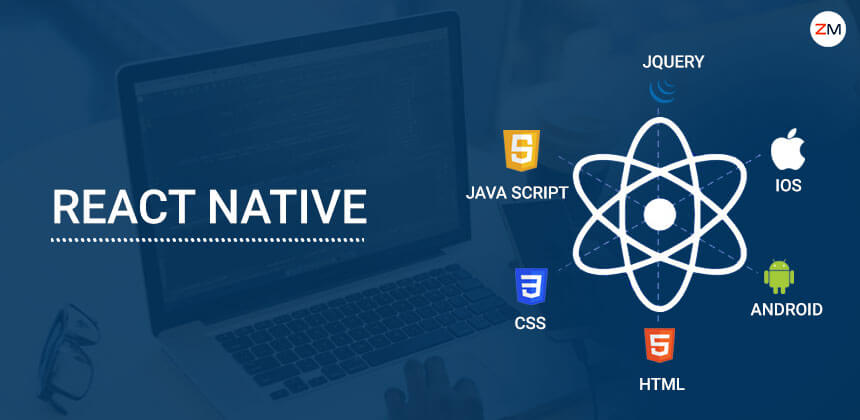
March 24, 2021
How to Choose the Best React Native Development Company
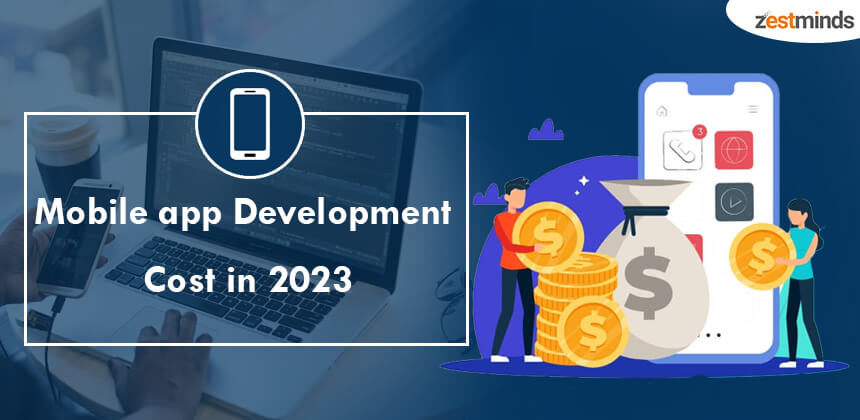
December 07, 2022
How Can Startups Reduce Mobile App Development Cost in 2023
Stay Ahead with Expert Insights & Trends
Explore industry trends, expert analysis, and actionable strategies to drive success in AI, software development, and digital transformation.

June 13, 2022
Top 10 Mobile Apps in Kotlin

March 24, 2021
How to Choose the Best React Native Development Company

December 07, 2022

